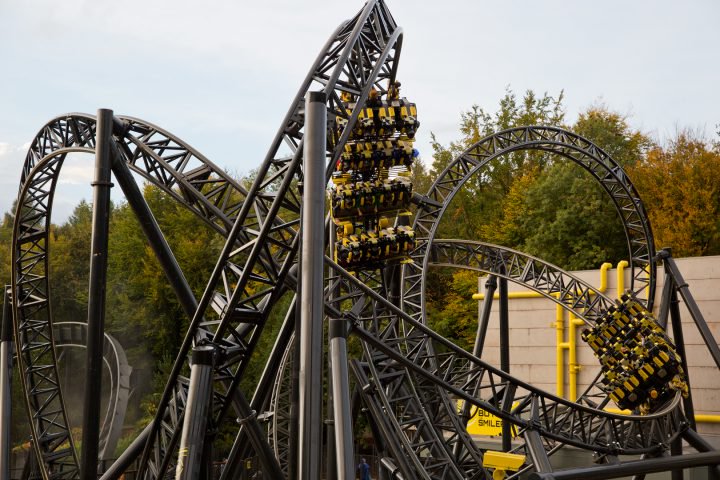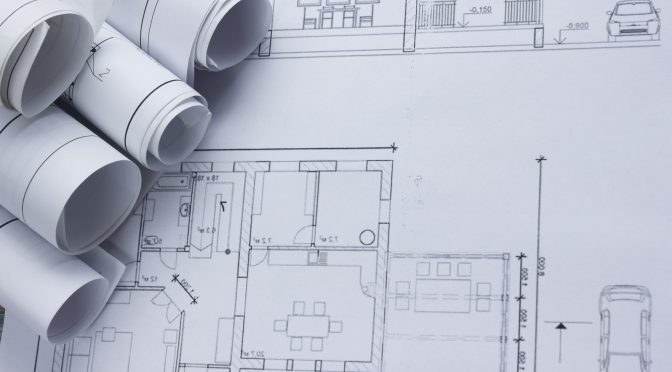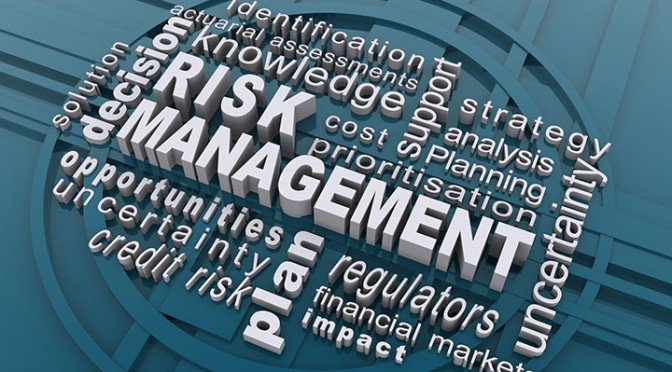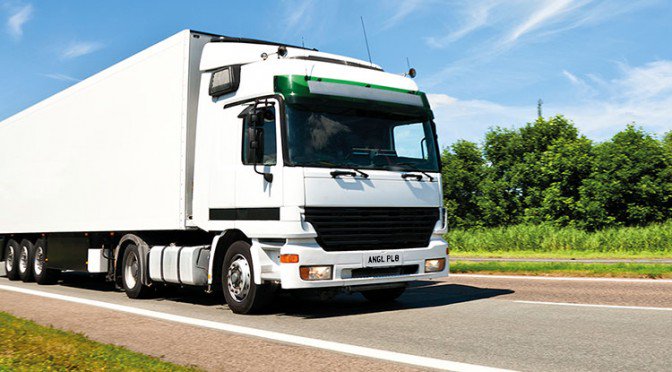As has been well documented in press, on 2nd June this year, The Smiler - a steel rollercoaster featuring a world-record 14 inversions at Staffordshire’s Alton Towers theme park - was carrying 16 passengers and travelling at 32 km/h when it struck an empty, stationary carriage, injuring 11 riders—four of whom required serious medical attention.
In its investigation, the HSE uncovered that the accident was representative of a pervasive failure throughout the park to enforce and comply with safety regulations. Within the last three years, 32 accidents have occurred at Alton Towers. Yet, the Smiler crash was what finally revealed severe gaps in the park’s health and safety procedures — principally, the lack of training on what to do during such an emergency. It took the park an additional 11 minutes, after informing the Alton Towers' managers, to contact the emergency medical services, and nearly an hour to contact the fire service. Alton Towers’ response to the accident demonstrates the importance of a robust health and safety programme — something that businesses of all sizes and industries should have in place.
Regardless of whether you own and operate a theme park, a local pub or a paper company, it is essential that your business implements and regularly updates your health and safety programme. A comprehensive and detailed programme provides safety to your employees and the public, protection from fines and loss of revenue, and is able to preserve your reputation. Incorporate these three universal health and safety practices into your risk management scheme to ensure that your company does not experience a tragic and preventable accident that could be fatal to your reputation:
- Require that your employees routinely rehearse the safety procedures for every potential risk. Include the names and contact information for supervisors, managers and emergency services that would need to be informed in the event of an emergency. It may be beneficial to require your employees to take a quiz on certain procedures, before and after each drill, to ensure that they have internalised the information.
- Scrutinise your business on a regular basis to identify any potential risks to your employees or the public, and develop a risk management scheme to address the potential hazards. You may want to consult with your employees in an effort to identify any risks you may have overlooked. Additionally, your employees may offer beneficial strategies on how to handle a particular risk.
- Schedule business inspections as well as regular maintenance inspections for your major equipment and machinery.
Alton Towers failed to properly assess the risks that its rides posed to guests, and it neglected to perform regular maintenance on its health and safety plan. The consequences of that neglect have been severe—a damaged reputation and loss of trust, a decrease of 2.6 per cent in the value of Alton Towers’ stock and an estimated loss of £500,000 each day the park’s gates remained closed. Had Alton Towers taken the time to develop a comprehensive health and safety plan, properly train its employees and perform the required maintenance on its rides, this tragedy may not have occurred.








